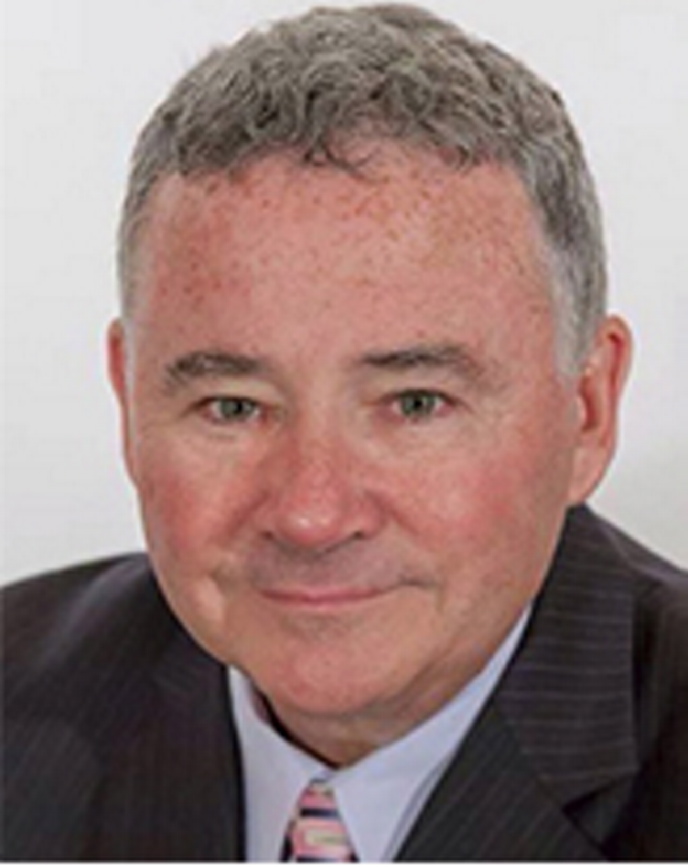A group of Messalonskee High School students is trying to raise suicide awareness and teach peers about mental wellness following the death of a student in September.
The half-dozen seniors from the Oakland-area high school are advocating for two bills pending in the Legislature that involve suicide awareness measures, and they are working on a suicide awareness day at their school.
The students said their efforts were prompted by the death of 17-year-old Nora Birch, who committed suicide on Sept. 30.
Senior Emma Walsh said the students miss Birch every day and their efforts are intended to help prevent a similar tragedy from happening.
“You’ve got to do something positive,” she said.
Sen. Tom Saviello, R-Wilton, who is a sponsor of the bills, said the legislation is intended to increase education about preventing suicide. The first bill, Legislative Request 758, An Act To Increase Suicide Awareness and Prevention in Maine Public Schools, calls for teachers to document that they have undergone state-required suicide crisis training and to include education about suicide prevention in health classes. The second bill, LR 1190, An Act to Improve the Ability of Mental Health Professionals To Assess the Risk of Suicide, calls for ongoing suicide prevention training for social workers and counselors.
The state Revisor of Statutes has not drafted the bills yet.
Saviello and Rep. Gary Hilliard, R-Belgrade, met with the students early last week. Both lawmakers said they were impressed by the students’ determination to do something positive.
“Their goal is to help further situations from happening,” Hilliard said.
Saviello said whether the bills pass or not, he hopes the students will be able to promote awareness just by the conversations they’ll have about them.
“Their success comes from getting their message out,” he said.
The seniors said they intend to testify on behalf of the bills at legislative committee hearings during the session. Bills typically are assigned to a committee after they are formally introduced.
“We have to reduce the stigma,” Kaitlyn Knight said.
The girls said starting a conversation about depression is a big part of the awareness.
Emma Cyr said their goal is to reduce the stigma of talking about mental health and help people feel comfortable seeking help for depression and thoughts of suicide.
“Sometimes a hug just isn’t enough,” Cyr said.
Greg Marley, clinical director of NAMI Maine, which promotes mental health education and advocacy, said the causes of suicide are complex and not typically prompted by one specific thing.
Marley said young adults thinking about suicide are less likely to call a professional or a crisis line and more likely to reach out to adults or peers.
“There is a reluctance to ask for help for mental illness concerns,” he said, adding that the general reluctance to ask for help is found in all age categories.
The need to ask for help, however, is important. Marley said in Maine, a person is eight times more likely to die by suicide than by homicide.
“It’s a reflection of the fact that we live in a state that’s pretty safe from violent crime, but Maine’s (suicide) rate is above the national average,” he said.
In 2012, Marley said, nationally there were 12.5 suicide deaths per 100,000 people in the population; in Maine in the same year, the rate was 14.6 suicide deaths per 100,000 people.
He said in suicide prevention training, his organization teaches people a three-step process: If you are concerned aboutsomeone who shows signs of considering suicide, you should approach the person about what you have seen and show that you care. After talking to the person, he said, if you are concerned about the possibility of self-harm, ask outright whether the person has considered that. If the answer is yes, help connect the person with a professional or the suicide crisis help line.
In situations like the one at Messalonskee High School, he said, awareness is particularly important after a young person’s suicide. He said mental health workers are especially concerned about young people not knowing how to process the guilt, confusion and grief after a suicide of someone they know, which can lead to additional people committing suicide.
“Supporting people through the shock and the grief of suicide is suicide prevention,” Marley said. “Particularly with young people, that’s where we are most worried about suicide prevention and contagion.”
Send questions/comments to the editors.




Success. Please wait for the page to reload. If the page does not reload within 5 seconds, please refresh the page.
Enter your email and password to access comments.
Hi, to comment on stories you must . This profile is in addition to your subscription and website login.
Already have a commenting profile? .
Invalid username/password.
Please check your email to confirm and complete your registration.
Only subscribers are eligible to post comments. Please subscribe or login first for digital access. Here’s why.
Use the form below to reset your password. When you've submitted your account email, we will send an email with a reset code.